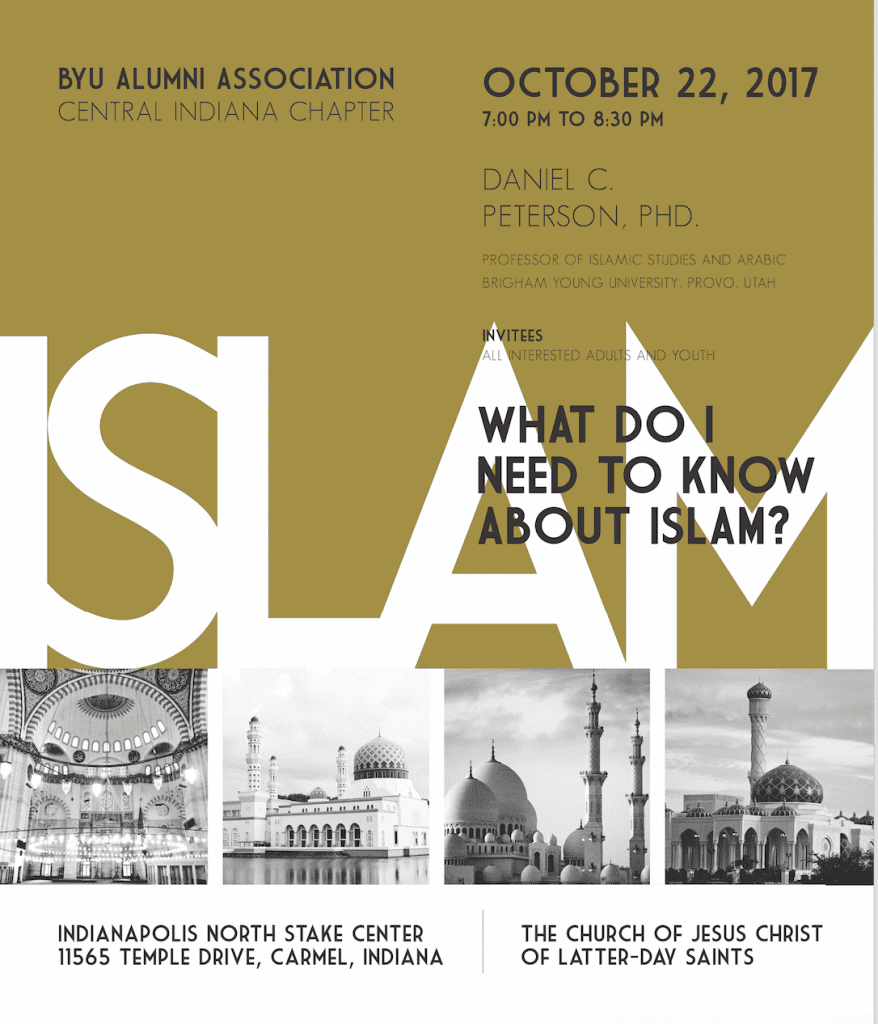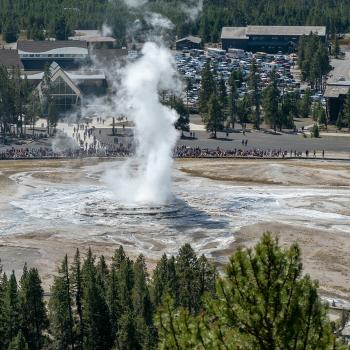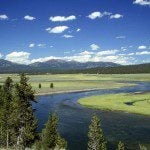
From some notes toward a future book:
As Melvin J. Thorne has observed, “there are features of the Book of Mormon that make it so complex that it is simply not credible that Joseph Smith could be the author of the book in any normal sense. It is too complex to have been written by Joseph in the manner and in the amount of time described by witnesses.”[1]
The Book of Mormon discusses scores if not hundreds of individual characters, at least three distinct systems of dating, three migrations from Eurasia to the Americas, and a number of splinter groups and subgroups. Yet it does so without internal contradictions. It offers complex yet coherent and consistent geographical data, so that, however rarely they may be mentioned, the places that are named are always in the same spatial relationship with each other.[2] It is structurally complex. For instance, complicated prefaces and summaries occur, respectively, before and after several significant sections in the Book of Mormon, in which the book’s editor gives his readers a foretaste of what is yet to come and then, when the section closes, offers a précis of what has just been read.[3] How likely is it that the uneducated and unsophisticated Joseph Smith—whom we have already seen to have evidently been surprised by the chapter and book breaks in the Book of Mormon—could have remembered the promises he had made in those prefaces while dictating at white hot speed and then have remembered what he had just dictated well enough to summarize it at the end?
Hugh Nibley speaks of
The immense skill with which the editors of [the Book of Mormon] put the thing together. The long Book of Alma, for example, is followed through with a smooth and logical sequence in which an incredible amount of detailed and widely varying material is handled in the most lucid and apparently effortless manner. Whether Alma is addressing a king and his court, a throng of ragged paupers sitting on the ground, or his own three sons, each a distinctly different character, his eloquence is always suited to his audience, and he goes unfailingly to the peculiar problems of each hearer.
Throughout this book and complex volume, we are aware of much shuffling and winnowing of documents, and informed from time to time of the method used by an editor distilling the contents of a large library into edifying lessons for the dedicated and pious minority among the people.[4]
[1] Melvin J. Thorne, “Complexity, Consistency, Ignorance, and Probabilities,” in Noel B. Reynolds, ed., Book of Mormon Authorship Revisited: The Evidence for Ancient Origins (Provo: FARMS, 1997), 179. For general treatments of the issue of complexity, see Thorne’s entire article, pages 179-193; also Nibley, The Prophetic Book of Mormon.
[2] See John L. Sorenson, An Ancient American Setting for the Book of Mormon; John Clark, “A Key for Evaluating Nephite Geographies,” Review of Books on the Book of Mormon 1 (1989): 20-70; John L. Sorenson, The Geography of Book of Mormon Events: A Source Book (Provo: FARMS, 1990); John L. Sorenson, Mormon’s Map.
[3] See John A. Tvedtnes, “Colophons in the Book of Mormon,” in John L. Sorenson and Melvin J. Thorne, eds., Rediscovering the Book of Mormon (Salt Lake City: Deseret Book and FARMS, 1991), 32-37; Thomas W. Mackay, “Mormon as Editor: A Study in Colophons, Headers, and Source Indicators,” Journal of Book of Mormon Studies 2/2 (1993): 90-109.
[4] Nibley, “The Mormon View of the Book of Mormon,” 263.
***
You might find this 31-minute podcast of interest:
“Wilford Woodruff’s Witness of the Unfolding of Temple Doctrine with Jennifer Ann Mackey”
***
Here’s a forthright piece from Ireland’s Robert Boylan:
“Refuting the Claim that singing the hymn “Praise to the Man” is an act of Idolatry”
***
By sheer coincidence, I’ve just come across this amusing blog post from Ken Jennings — remember him? the longtime Jeopardy! winner? — that was written more than a decade ago:
“You’ve got to know when to fold ’em”
Secularists and atheists aren’t universally arrogant and smug,* but I’ve run into enough of them who are that I really enjoyed what Ken Jennings had to say.
* Consider, for example, Jesse Ventura, the former professional wrestler who, rather incredibly, served from 1999-2003 as the governor of Minnesota. “Organized religion,” he informed the highbrow academic journal Playboy in 1999, “is a sham and a crutch for weak-minded people who need strength in numbers.” It’s fairly common, too, for certain critics of the Church of Jesus Christ of Latter-day Saints to refer to it as “the Crutch” rather than as “the Church,” and to call its adherents “Morgbots” and “Mor(m)ons.” Similar examples could be multiplied ad infinitum and ad nauseam.











